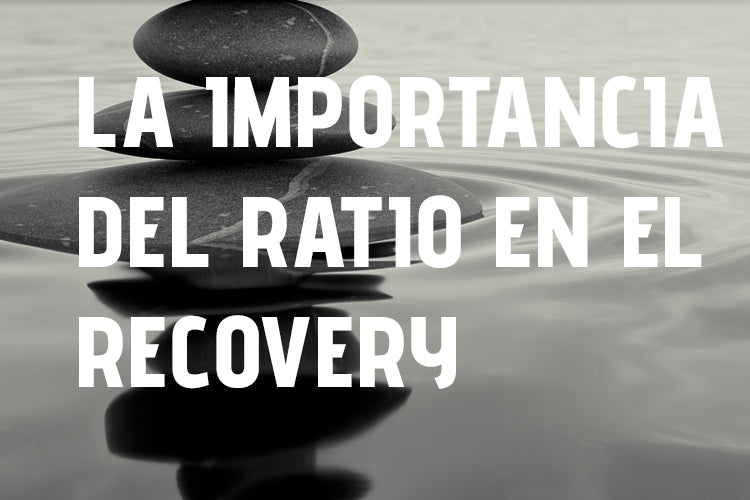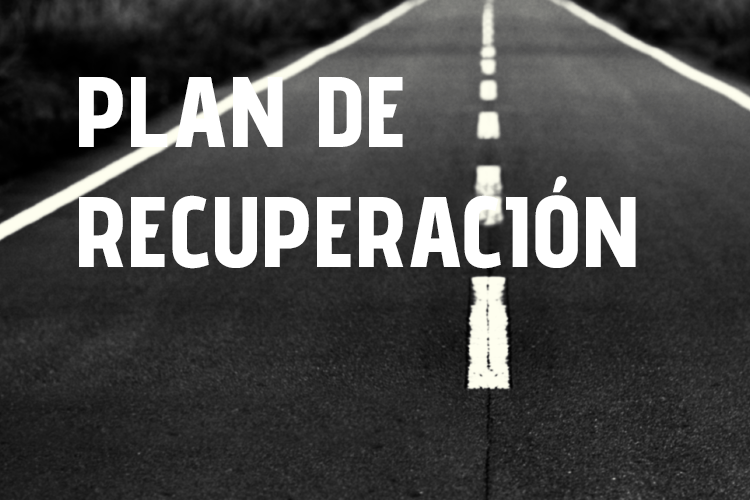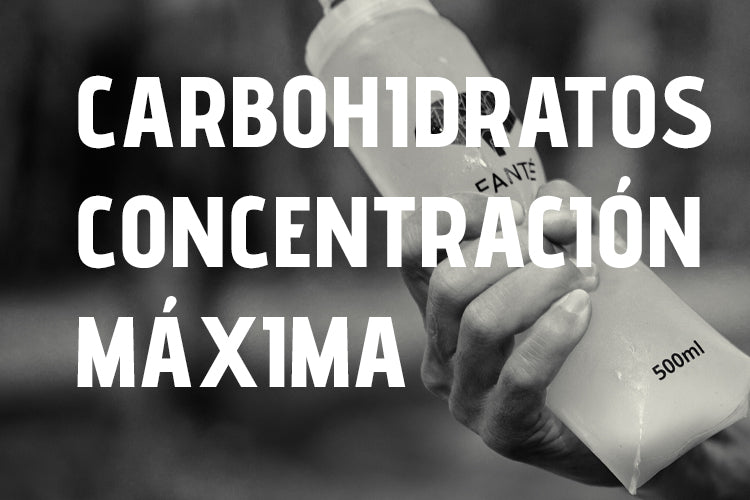Fatigue during prolonged strenuous exercise is associated with glycogen depletion in active skeletal muscles, and muscle glycogen restoration is an important component in the recovery of exercise capacity (1) . Glucose ingestion immediately and at regular intervals after exercise increases the availability of glycogen substrates (i.e., glucose) and optimizes exercise- and insulin-induced stimulation of muscle glucose utilization, facilitating rapid short-term (<8 h) muscle glycogen storage (2) .
Total energy provision may be improved by ingesting beverages containing both glucose and free fructose compared with carbohydrate solutions containing only glucose. For example, Shi et al. (3,4) demonstrated greater total intestinal absorption of carbohydrate at rest when glucose and fructose were ingested simultaneously compared with glucose alone. Furthermore, we ( 5,6,7 ) and others (8) reported improved oxidation and maximal delivery of ingested carbohydrate during exercise with combined glucose and fructose ingestion compared with ingestion of an equivalent amount of glucose alone. The enhanced carbohydrate delivery observed at rest and during exercise is attributed to increased total intestinal absorption of carbohydrate through stimulation of multiple distinct intestinal transporters (glucose and fructose absorption are facilitated by sodium-dependent glucose transporter 1 [SGLT1] and glucose transporter 5 [GLUT5], respectively), leading to increased systemic availability of ingested carbohydrate (9).
The liver plays a crucial role in preventing hypoglycemia during exercise (10) , and it is generally believed that strategies that enhance liver glycogen after exercise will increase exercise capacity in a subsequent exercise bout (11) . Most studies have investigated the role of muscle glycogen after exercise (reviewed in Beelen et al. (12) and Jentjens and Jeukendrup (13) , but very few studies have focused on the potentially very important role of substrates in the liver.
There is already evidence that small amounts of fructose stimulate glucokinase and glycogen synthase in the liver, the two rate-limiting enzymes of glycogen synthesis in the liver (14). Combinations of multiple transportable CHOs (i.e., glucose and fructose) have also been shown to result in higher rates of exogenous CHO oxidation during exercise (15 , 16 , 17); suggesting better CHO uptake than with a similar amount of glucose alone. Very high rates of exogenous CHO oxidation were reported for a mixture of maltodextrins and fructose (17) . Wallis et al. (18) suggested that this faster delivery of CHO might also aid muscle glycogen synthesis after exercise.
IS IT POSSIBLE TO USE MILK WITH RECOVERY?
Another CHO that could be beneficial for hepatic glycogen synthesis is galactose. The liver is the primary site of galactose uptake and metabolism in humans. In the liver, galactose can be converted to glucose and subsequently stored as glycogen or immediately released into the circulation.
In rats, glycogen formation accounts for the vast majority of galactose absorbed by the liver (18) . Accordingly, a study with isolated perfused rat liver (19) demonstrated that galactose stimulated hepatic glycogen synthesis in the presence of glucose with a concomitant increase in glycogen synthase activity and a decrease in glycogen phosphorylase activity. However, animal and in vitro studies (20 , 21) have shown that galactose ingestion results in lower rates of hepatic glycogen synthesis compared with glucose administration.
Therefore, combinations of glucose with fructose or galactose might be attractive when the goal is to amplify hepatic glycogen resynthesis in humans after glycogen-depleting exercise. To our knowledge, this has not been done before. However, energy-dense glucose solutions are hypertonic and may interfere with gastrointestinal (GI) fluid delivery. Maltodextrin (MD), a glucose polymer, tastes less sweet than glucose and has a lower osmolality. This is because maltodextrin beverages have a faster gastric emptying (22) and metabolic availability (23, 24) compared to glucose-based replenishers.
At FANTÉ, and in addition to our unique usage methods already explained in detail in this guide , we offer you the option of consuming it with milk or water, depending on palatability and a possible improvement in glycogen resynthesis.
In conclusion
It is recommended to ingest a mixture of glucose + fructose that provides an optimal dose of CHO for the effective restoration of liver and muscle glycogen, which reduces the gastrointestinal discomfort caused by high CHO intake (Alghannam et al., 2018) (25) . This is latent when seeing that the use of sucrose (disaccharide consisting of an equal amount (1:1) of glucose and fructose) seems to be more effective than the consumption of glucose alone (1:0), to which is added, as previously mentioned, the non-appearance of gastrointestinal discomfort compared to the intake of the latter alone (Fuchs et al., 2016; Maunder, Podlogar, & Wallis, 2017) (26). Furthermore, a recent study has shown that when recovery is needed immediately, mixing glucose and fructose (or sucrose) at a rate of ≥1.2 g/kg/hr (recommended for recovery, for more information check out our glycogen guide) can improve glycogen replenishment rates while minimizing gastrointestinal distress (Gonzalez, Fuchs, Betts, & van Loon, 2017) (27). Ingestion of liquid or solid forms of CHO appears to be equally effective in restoring muscle glycogen, so individual athlete preference should prevail (Keizer, Kuipers, van Kranenburg, & Geurten, 1987) (28). However, and as Ranchordas (2017) (29) points out, from a practical perspective it would be interesting, given the high prevalence of gastrointestinal problems due to the consumption of high amounts of CHO, that athletes have access to mixtures of both solid and liquid foods, in order to avoid these problems. In addition, the athlete's preferences (taste), practicality (two sessions a day, for example), availability (post-competition trip, stadium/sporting events, for example) and something important, that they promote the desire to eat in athletes, in such a way that the required needs can be acquired, since there may be a marked decrease in appetite after sporting events.
And with all of this, at FANTÉ we created the best recovery product on the market based on current scientific evidence. glycogen recovery drink k
Literature
- Bergstrom J, Hermansen L, Hultman E, Saltin B. Diet, muscle glycogen and physical performance. Acta Physiol Scand . 1967;71(2):140-50 .
- Ivy JL. Glycogen resynthesis after exercise: effect of carbohydrate intake. Int J Sports Med . 1998;19(Suppl 2):S142-5.
- Shi X, Schedl HP, Summers RM, et al. Fructose transport mechanisms in humans. Gastroenterology . 1997;113(4):1171-9.
- Shi X, Summers RW, Schedl HP, Flanagan SW, Chang R, Gisolfi CV. Effects of carbohydrate type and concentration and solution osmolality on water absorption. Med Sci Sports Exerc . 1995;27(12):1607-15.
- Jentjens RL, Achten J, Jeukendrup AE. High oxidation rates from combined carbohydrates ingested during exercise. Med Sci Sports Exerc . 2004;36(9):1551-8.
- Jentjens RL, Underwood K, Achten J, Currell K, Mann CH, Jeukendrup AE. Exogenous carbohydrate oxidation rates are elevated after combined ingestion of glucose and fructose during exercise in the heat. J Appl Physiol . 2006;100(3):807-16.
- Jeukendrup AE, Moseley L, Mainwaring GI, Samuels S, Perry S, Mann CH. Exogenous carbohydrate oxidation during ultraendurance exercise. J Appl Physiol . 2006;100(4):1134-41.
- Adopo E, Peronnet F, Massicotte D, Brisson GR, Hillaire-Marcel C. Respective oxidation of exogenous glucose and fructose given in the same drink during exercise. J Appl Physiol . 1994;76(3):1014-9.
- Jeukendrup AE. Carbohydrate intake during exercise and performance. Nutrition . 2004;20(7-8):669-77.
- Nilsson LH, Hultman E. Liver and muscle glycogen in man after glucose and fructose infusion. Scand J Clin Lab Invest . 1974;33(1):5-10.
- Casey A, Mann R, Banister K, et al. Effect of carbohydrate ingestion on glycogen resynthesis in human liver and skeletal muscle, measured by 13 C MRS. Am J Physiol Endocrinol Metab . 2000;278(1):E65-75 .
- Beelen M, Burke LM, Gibala MJ, van Loon LJ. Nutritional strategies to promote postexercise recovery. Int J Sport Nutr Exerc Metab . 2010;20(6):515-32.
- Jentjens R, Jeukendrup A. Determinants of post-exercise glycogen synthesis during short-term recovery. SportsMed . 2003;33(2):117-44
- McGuinness OP, Cherrington AD. Effects of fructose on hepatic glucose metabolism. Curr Opin Clin Nutr Metab Care . 2003;6(4):441-8.
- Jentjens RL, Jeukendrup AE. High rates of exogenous carbohydrate oxidation from a mixture of glucose and fructose ingested during prolonged cycling exercise. Br J Nutr. 2005;93(4):485-92.
- Jentjens RL, Moseley L, Waring RH, Harding LK, Jeukendrup AE. Oxidation of combined ingestion of glucose and fructose during exercise. J Appl Physiol. 2004;96(4):1277-84.
- Wallis GA, Rowlands DS, Shaw C, Jentjens RL, Jeukendrup AE. Oxidation of combined ingestion of maltodextrins and fructose during exercise. Med Sci Sports Exerc . 2005;37(3):426-32.
- Jeukendrup AE. Carbohydrate and exercise performance: the role of multiple transportable carbohydrates. Curr Opin Clin Nutr Metab Care . 2010;13(4):452-7.
- Wallis GA, Hulston CJ, Mann CH, Roper HP, Tipton KD, Jeukendrup AE. Postexercise muscle glycogen synthesis with combined glucose and fructose ingestion. Med Sci Sports Exerc . 2008;40(10):1789-94.
- Niewoehner CB, Neil B, Martin T. Hepatic uptake and metabolism of oral galactose in adult fasted rats. Am J Physiol . 1990;259(6 pt 1):E804-13.
- Sparks JW, Lynch A, Glinsmann WH. Regulation of rat liver glycogen synthesis and activities of glycogen cycle enzymes by glucose and galactose. Metabolism . 1976;25(1):47-55.
- Niewoehner CB, Neil B. Mechanism of delayed hepatic glycogen synthesis after an oral galactose load vs. an oral glucose load in adult rats. Am J Physiol . 1992;263(1 pt 1):E42-9.
- Williams CA. Metabolism of lactose and galactose in man. Prog Biochem Pharmacol . 1986;21:219-47.
- Sole CC, Noakes TD. Faster gastric emptying for glucose-polymer and fructose solutions than for glucose in humans. Eur J Appl Physiol Occup Physiol . 1989;58(6):605-12.
- Rowlands DS, Wallis GA, Shaw C, Jentjens RL, Jeukendrup AE. Glucose polymer molecular weight does not affect exogenous carbohydrate oxidation. Med Sci Sports Exerc . 2005;37(9):1510-6.
- Wallis GA, Rowlands DS, Shaw C, Jentjens RL, Jeukendrup AE. Oxidation of combined ingestion of maltodextrins and fructose during exercise. Med Sci Sports Exerc . 2005;37(3):426-32 .
- Alghannam, A., Gonzalez, J., & Betts, J. (2018). Restoration of Muscle Glycogen and Functional Capacity: Role of Post-Exercise Carbohydrate and Protein Co-Ingestion. Nutrients, 10(2), 253. https://doi.org/10.3390/nu10020253
- Fuchs, CJ, Gonzalez, JT, Beelen, M., Cermak, NM, Smith, FE, Thelwall, PE, … van Loon, LJC (2016). Sucrose ingestion after exhaustive exercise accelerates liver, but not muscle glycogen repletion compared with glucose ingestion in trained athletes. Journal of Applied Physiology, 120(11), 1328–1334. https://doi.org/10.1152/japplphysiol.01023.2015
- Gonzalez, JT, Fuchs, CJ, Betts, JA, & van Loon, LJC (2017). Glucose plus fructose ingestion for post-exercise recovery—greater than the sum of its parts? Nutrients. https://doi.org/10.3390/nu9040344
- Keizer, H.A., Kuipers, H., van Kranenburg, G., & Geurten, P. (1987). Influence of liquid and solid meals on muscle glycogen resynthesis, plasma fuel hormone response, and maximal physical working capacity. International Journal of Sports Medicine, 8(2), 99–104.https://doi.org/10.1055/s-2008-1025649
- Ranchordas, M.K., Dawson, J.T., & Russell, M. (2017). Practical nutritional recovery strategies for elite soccer players when limited time separates repeated matches. Journal of the International Society of Sports Nutrition. https://doi.org/10.1186/s12970-017-0193-89 .




Leave a comment
This site is protected by hCaptcha and the hCaptcha Privacy Policy and Terms of Service apply.